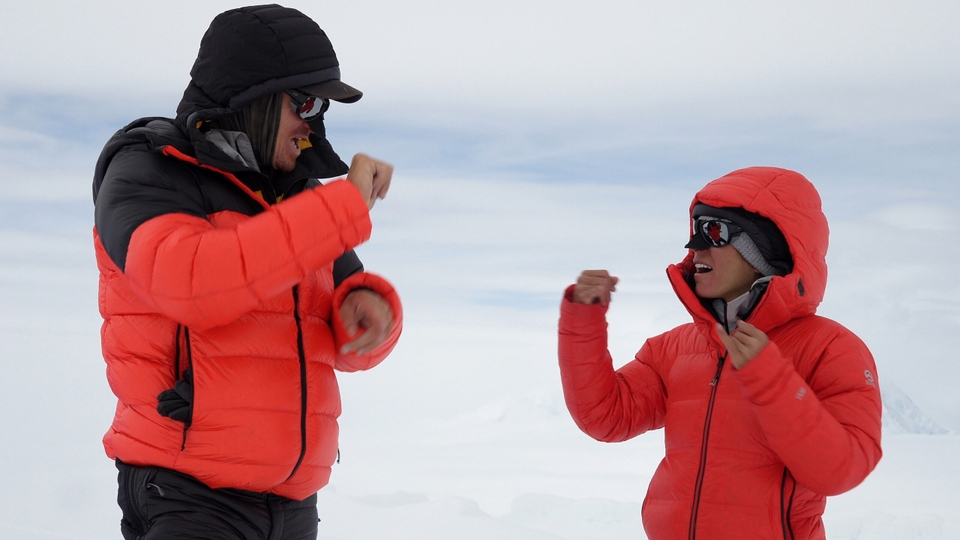
Communication can be the difference between life and death in mountaineering. Climbers Scott Lehmann and Shayna Unger know that as well as anyone.
During their 2018 ascent of Argentina’s 22,837-foot Aconcagua, climbers Scott Lehmann, 33, and Shayna Unger, 30, carried pads of paper and pens in their pockets. As they stayed at Camp 2 at 18,000 feet and awaited good weather, the two wrote down questions on the pad about the forecast and about route conditions, and then showed their written inquiries to other climbers they met. It was a cumbersome means of communication, but it was the best way for Lehmann and Unger to obtain the information, since both climbers are deaf.
Other climbers proved to be unhelpful and indecisive in answering their inquiries—Lehmann and Unger believe the climbers didn’t want to be responsible for their safety on the peak. So, the two tried a different strategy. They awoke one morning at 4 A.M., unzipped the flap of their tent, and stared out into the darkness to see if other teams were preparing to push for the summit. Every few hours, they peeked their heads out of the tent, searching the camp for headlamps. Eventually, after two nights of staring into the dark pre-dawn sky, Lehmann and Unger saw lights flickering in a neighboring tent and then climbers emerging to move up the mountain. They knew it was time to climb.
Read on at https://www.outsideonline.com/outdoor-adventure/climbing/deaf-climbing-couple.




